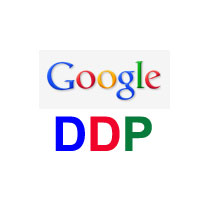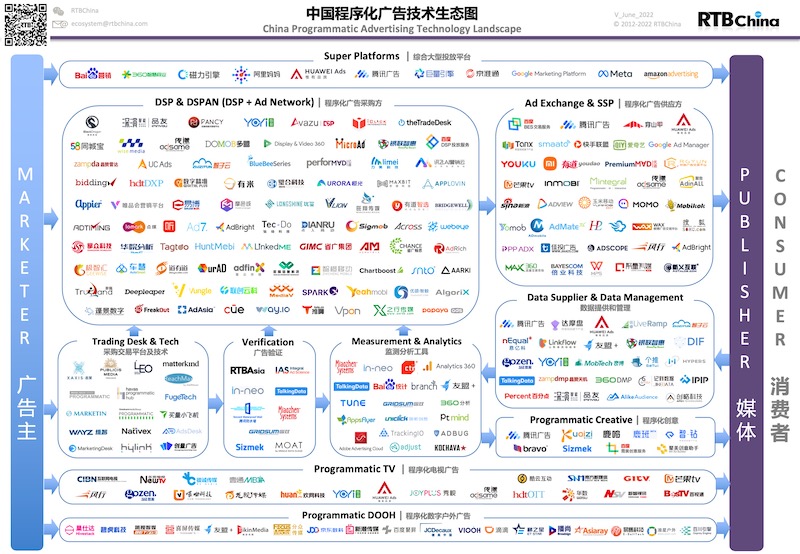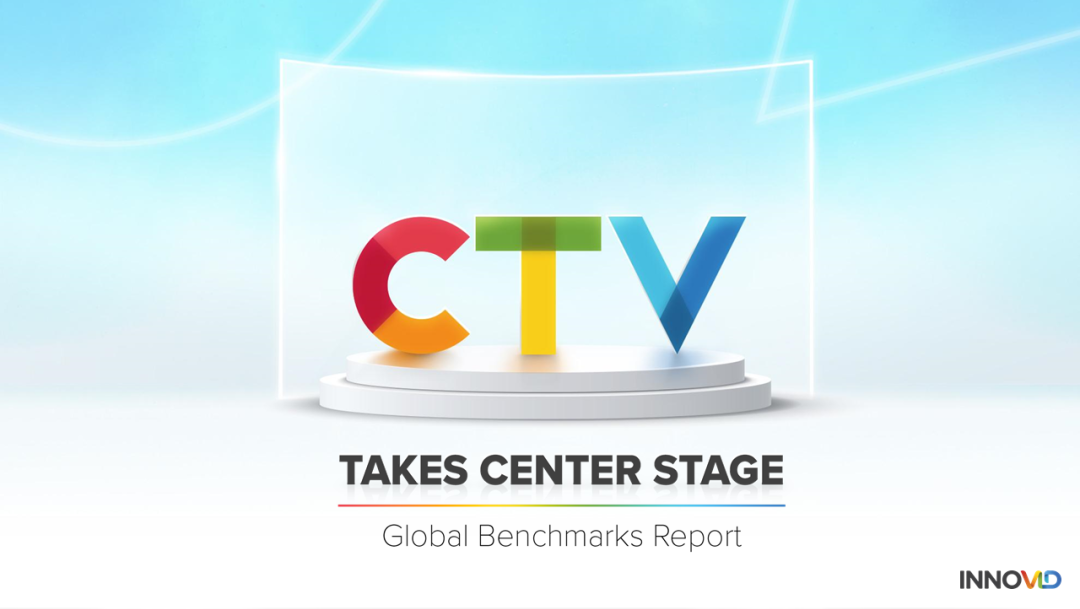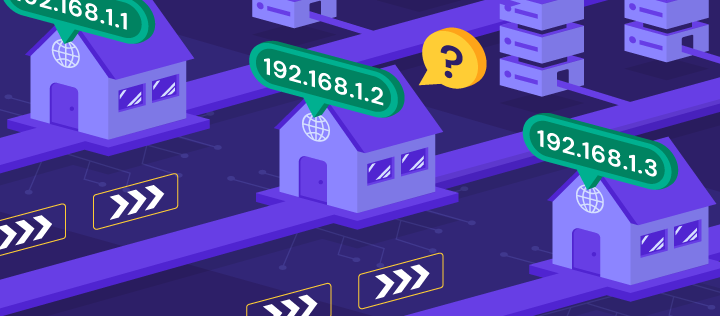 重读旧闻,联系目前的RTB生态体系,引发思考…那么Baidu,Taobao如果选择做类似的服务,那么…欢迎讨论!
重读旧闻,联系目前的RTB生态体系,引发思考…那么Baidu,Taobao如果选择做类似的服务,那么…欢迎讨论!
[旧闻1:Google’s “DDP” Ad Targeting Service on the Way]
Google’s powerful ad network may be in for another rush of expansion thanks to a service known to Google insiders as “DDP.” DDP is speculated to work as an ad targeting service that helps advertisers find niche audiences.
What Is DDP?
While I sadly won’t be able to provide you with what the acronym actually stands for (unless I made a wild guess, like “direct dialogue processing” or “deadly diligent phalanx”), there are some details from Google insiders on what DDP is. The short version is that it’s a data exchange service intended to allow advertisers to sell to a more niche audience. DDP would take advantage of Google’s massive data on shared interests, as well as the company’s expansive reach, to create this targeting network.
According to Ad Age, the targeting would be highly specific, including audiences like “people shopping for new cars or planning a trip, soccer moms in Ohio, or readers of certain sites like The New York Times.” This level of targeting would be made possible through Google’s recorded knowledge of how users behave on sites, and a given user would tagged with a cookie that labeled them as a part of a given interest. This would allow advertisers to display ads even if the user isn’t on a site that is contextually relevant to the exact ad they’re showing.
This will sound very similar to Google AdWords Interests, the recently graduated feature that allows much the same broad targeting within the AdWords network. DDP, while similar in practical effect, is likely to be different in its specific approach, including how it sells data and targeting, but details are scarce. According to Ad Age, “Google declined to comment on the specifics or offer a timetable for a data-exchange product.”
n the record, Google’s VP of Product Management Neal Mohan stated that “there is no timetable,” but “If our vision is a comprehensive one, it needs to contemplate data in addition to ad inventory. […] We are working on initiatives to help publishers and advertisers do just that.”
Additionally, insider sources who chose to remain anonymous indicated that one major debate inside Google right now is whether DDP should charge a percentage or be available as a free service.
Whether DDP comes out in the near future, or under that name at all, it’s certain that Google is looking to get more value out of their data and more frequently target their audiences based on interest. Both the data and targeting fronts have gained a lot from the years of Google’s display ad experience and have a lot more to gain through Google+ and other current Google innovations.
[旧闻2:Google Readies Ambitious Plan for Web-Data Exchange]
Wall Street-like exchanges have revolutionized online advertising, but Google is taking the concept further, quietly building one for buying and selling data, the lifeblood of online advertising.
The exchange, known internally by the acronym “DDP,” is an attempt to create a liquid market for the data used to target display advertising, and it’s the latest move in Google’s attempt to build out the infrastructure that powers digital ads. Executives familiar with Google’s plans have described the initiative as one of the most ambitious in Google’s march to become a brand advertising giant.
Here’s how a data exchange works: publishers and third-party providers, such as BlueKai and Exelate, would be able to feed their data into the market and advertisers could dip in and buy audience segments, such as people shopping for new cars or planning a trip, soccer moms in Ohio, or readers of certain sites like The New York Times. That data, attached to a cookie, is used to target advertising to the right people. Online publishers using Google’s ad server, DoubleClick, would be able to sell data on their audiences in the exchange as easily as they might sell ad space.
Google declined to comment on the specifics or offer a timetable for a data-exchange product, though executives briefed on their plans believe it is perhaps weeks away from rolling out at least some of its functionality.
The architect of Google’s display strategy is former DoubleClick exec and VP Neal Mohan. He told Ad Age that “we are working on a couple of things,” but also said “there is no timetable” for what will be released and when.
“If our vision is a comprehensive one, it needs to contemplate data in addition to ad inventory,” he said in an interview. “We are working on initiatives to help publishers and advertisers do just that.”
Google dominates search advertising, but since it has limited properties on which to sell online display, it has focused on assembling the infrastructure that powers display advertising. Its assets now include DoubleClick, Invite Media, Teracent, Google’s ad exchange and the newly acquired AdMeld, pending a review by the Department of Justice.
Mr. Mohan cautioned that such a move into data services may not result in one product, but capabilities across Google’s online display infrastructure, such as Invite Media, which allows advertisers to bid on audience, or AdMeld, which helps publishers to decide which ad will yield the greatest revenue.
One debate internally has been over whether to charge a percentage to use the service, as it does with Invite Media (which charges advertisers for services) and DoubleClick (which charges publishers), or make it free to use so Google would reap the benefits of more effective ad campaigns, and presumably, more spending.
While all data providers stress they strip out personally identifiable information, the scale of Google’s initiative, and the fact that it will contain Google’s own data — as well as online and offline data from third parties — will make it a lightning rod for scrutiny.
Because so many publishers use Google’s technology, as do agency groups such as Publicis and Omnicom, Google’s exchange could aggregate data on an unprecedented scale, allowing the creation of very detailed profiles of consumers, as well as the matching of online and offline data.
Right now, Google, Facebook, Yahoo, Microsoft and others hold vast amounts of consumer web-surfing data, and advertisers buy online and offline data from companies such as Targus Info, Claritas and Catalina Marketing. “Right now there is huge fragmentation in how data is accessed and how it is used. Google is in a different position to fundamentally change the landscape,” said Adam Lehman, chief operating officer of data provider Lotame.
Some publishers and certainly agencies will no doubt see the exchange as a threat. WPP, for example, recently set up a new business unit Xaxis to collect and store proprietary data from its clients to better target ads.
“Those companies with the largest store of proprietary data will have an advantage,” said Xaxis CEO Brian Lesser. “I think right now people are in the early stages of figuring it out.”
 RTBChina
RTBChina





